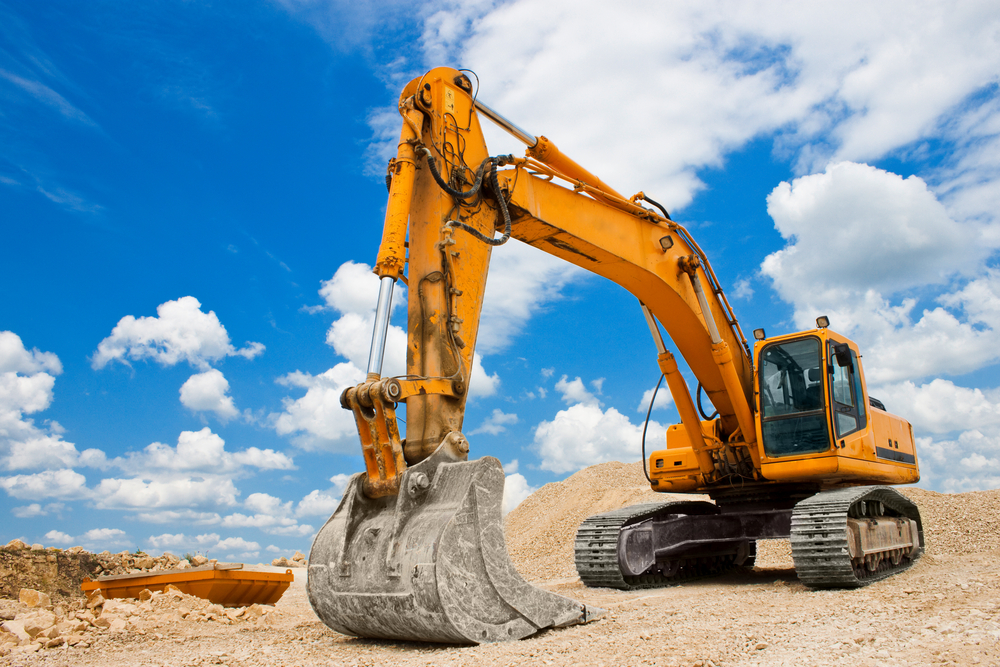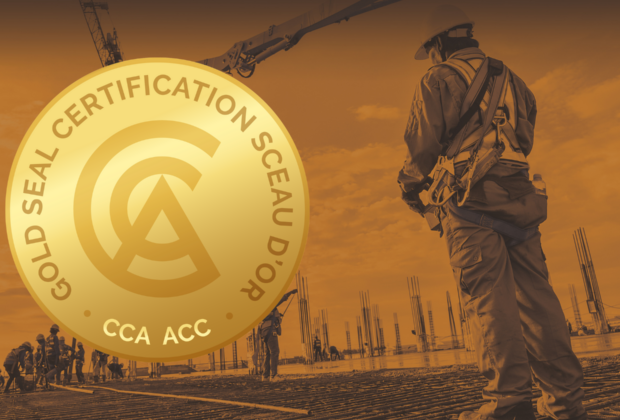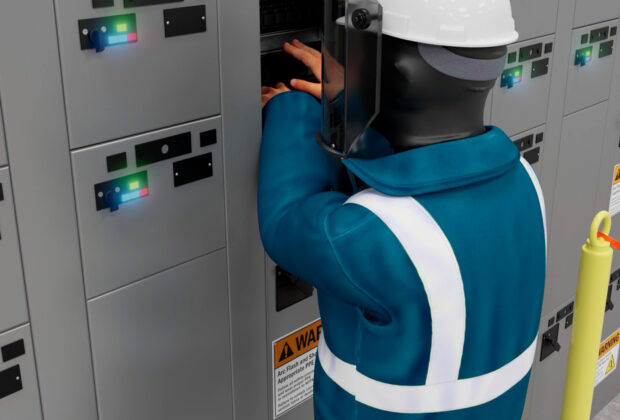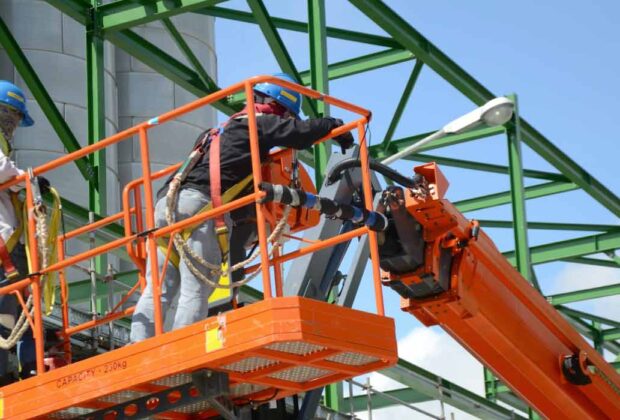Ground disturbance hazards are all around us, from your backyard to a commercial construction site. Any type of activity that disturbs the ground (like digging) can expose an underground hazard. If you dig without checking what’s underground, injuries to yourself and other workers and the damage to essential infrastructure can be devastating. For instance, the Alberta Common Ground Alliance’s ground disturbance damage reporting initiative, DIRT, reported 11,693 total ground disturbance damages in Canada for 2018. They found that 22% of the damages occurred in areas where nobody contacted a One-Call Centre prior to digging, and 73% of those areas were an electric or natural gas facility where any damage to underground equipment could pose a high risk to the public, worker, and community safety. The damage to essential underground infrastructure is estimated to cost Canada over $1 billion per year.
Ground disturbance training is especially important (and required) so that everyone involved in a ground disturbance project has the training they need to stay safe. Ground disturbance training goes a long way in helping stakeholders react to hazards with any ground disturbance project.
Recognizing ground disturbance hazards and dealing with them appropriately ensures that everyone remains safe and reduces the impact to essential infrastructure. Let’s talk about what ground disturbance means and take a look at the most common ground disturbance hazards and how to deal with them.
Anyone can benefit from ground disturbance training. Get educated today!
What is ground disturbance?
The definition of ground disturbance is any work or activity that disturbs the ground. Excavating, digging, leveling, trenching, plowing, etc. are all ground disturbance activities. Basically, anything where you are displacing the ground around 30cm or more is when you have the biggest chance of encountering some sort of underground facility, but it’s always important to “know what’s below” before digging anywhere. This means contacting your local call one-call center or submitting an infrastructure locate request online well in advance of starting your project.
What are ground disturbance hazards?
Ground disturbance hazards are any underground obstruction, including infrastructure, pipelines, or chemicals (such as gas) that could be disturbed or released by digging into the ground. When these hazards are exposed, they can result in severe injuries, financial loss, or other traumatic events. In fact, April is safe digging month in Canada and serves to highlight how underground infrastructure is all around us and must be respected. From cities to rural areas, here are some common hazards that exist underground:
- Buried electrical facilities or powerlines. It’s common to find electrical cables or powerlines underground, especially near residential or commercial areas. Each jurisdiction can have different rules regarding electrical infrastructure, but all must follow the standards set out in the Canadian Electrical Code. For instance, in Strathcona Country, Alberta, underground electrical service lines for residential properties must be installed in a rigid PVC conduit from the utilities meter and be placed underground at a minimum depth of 1300mm to a maximum depth of 1400mm. This infrastructure might be closer to the surface than you anticipate, so it’s important to research the standard depth requirements for your area and, of course, call before you dig.
- Gas pipelines. Gas lines are among the most common hazards found while digging and can have catastrophic results when hit. Gas pipelines can be closer to the surface than you might think. For instance, in Parkland County, Alberta, gas lines must be buried at least 24 inches (60.96cm) underground if it’s under a driveway or parking area, and only 15 inches (38.1cm) under non-traffic areas.
- Unknown obstructions or unlocated buried facilities. Even when everyone does their due diligence in getting underground facilities located before digging, there is still the potential for coming across unlocated underground infrastructure, like old cables or pipes. You should also be prepared for other obstructions or unknown hazards, such as large boulders or different types of earth than what is present on the surface, like sand or clay. Digging mindfully, asking questions, and being aware that unknown hazards could present themselves at any stage of the project is paramount.
- Hydrogen Sulfide (H2S) gas. It’s common to encounter H2S gas when digging because it is produced from the breakdown of organic material in the ground. It is typically found during the production of crude oil and natural gas, and is identifiable by its rotting egg smell. Early detection of this gas is crucial as inhalation leads to the prevention of cellular respiration, which can result in death.
- Shoring and excavation stability. Any excavation or trench can be dangerous to work in and around due to the potential for cave-ins, collapse, flooding, or exposure to hazardous atmosphere (e.g. gas, vapour, dust). Canada OHS recommends a number of safety measures that should be taken before an excavation begins, such as checking the soil type throughout the depth of the area for stability, locating buried infrastructure and services, and having a worker above ground in communication with workers in the excavation available to call for help if needed.
What are utility color codes?
The most common ground disturbance hazards are underground utility infrastructure, such as electrical cables, gas lines, and water and sewage lines. When you set up an infrastructure locate request through your local regulator, the worker that comes and marks the areas where there’s underground infrastructure will use a certain color to indicate what type of underground facilities exist in that area. Thankfully, Canada and the United States utilize the same color code system for underground infrastructure markings:

These standardized colors make it easier for quick identification of underground facilities, regardless of the area.
The Importance of Ground Disturbance Hazard Awareness
It’s important to be aware of ground disturbance hazards before and during your digging or excavation project. Underground infrastructure is essential to our society, from rural areas to cities. Careless digging can result in extensive damage to infrastructure, significant injuries to workers, and great financial loss for the parties involved in the project. Awareness and the resources to prevent exposure to ground disturbance hazards is essential to reduce damages and contribute to a safer community and environment for all of us.




Comments are closed.